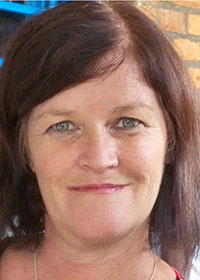What is academic excellence?
“This is an important time for education in Rwanda; there are a number of ambitious policies and initiatives leading the way forward,” noted Dr. Murigande (ESSP 2010-2015).

Pam Connell
